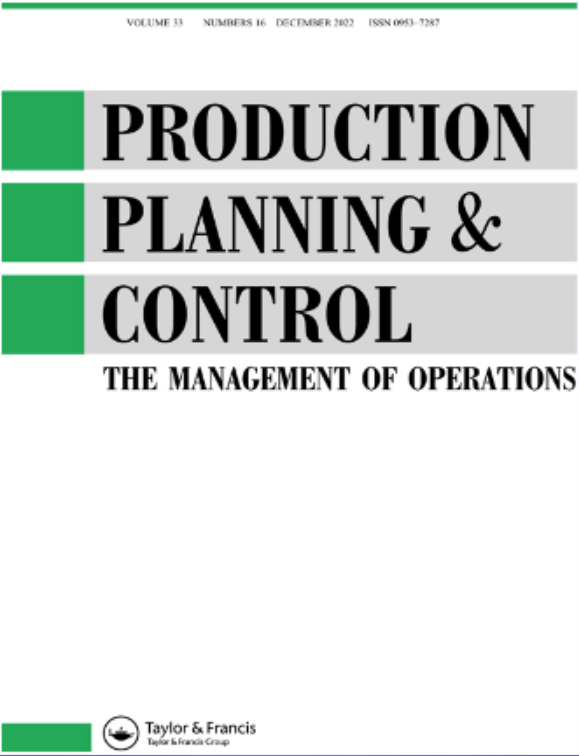水产养殖供应链中的供应链再设计:纵向案例研究
IF 5.4
3区 管理学
Q1 ENGINEERING, INDUSTRIAL
引用次数: 4
摘要
旨在升级其供应链以满足运营和可持续性目标的公司通常需要重新设计其供应网络。然而,如何重新设计现有的供应链,尤其是全球供应链,缺乏经验证据。本纵向案例研究考察了水产养殖供应链的重新设计过程,旨在改善市场、运营和可持续性绩效。水产养殖虽然被称为蓝色革命,但在管理研究中很少受到关注。行动研究通过非正式访谈、参与者观察、现场访问和辅助数据选择来收集证据。重新设计过程包括三个阶段:(i)物理分销网络映射、风险不确定性分析和分层目标设定;(ii)物理网络重新设计的实施;(iii)性能监测、控制和持续改进。该公司实现了显著的交货时间缩短和对市场的快速响应,同时减少了环境污染并达到了可持续发展的目标。研究发现,供应链再设计不应局限于实体网络重构,还应包括设施价值延伸和集成信息管理。它展示了公司如何通过特定的供应链重新设计干预措施来减轻不同类型的风险(供应、生产、物流、需求)。本文章由计算机程序翻译,如有差异,请以英文原文为准。
Supply chain redesign in the aquaculture supply chain: a longitudinal case study
Abstract Companies aiming to upgrade their supply chains to meet operational and sustainability objectives are often required to redesign their supply networks. However, there is scarce empirical evidence on how to redesign existing supply chains, especially global supply chains. This longitudinal case study examined the aquaculture supply chain redesign process with the aim of improving market, operational, and sustainability performance. Aquaculture, although characterized as the blue revolution, has received little attention in management studies. Action research collected evidence via informal interviews, participant observation, on-site visits, and secondary data selection. The redesign process included three phases: (i) physical distribution network mapping, risk-uncertainty analysis, and hierarchical goal setting, (ii) implementation of physical network re-design, and (iii) performance monitoring, control, and continuous improvement. The company achieved significant lead time reduction and fast response to the markets while, at the same time, reducing environmental pollution and meeting sustainable targets. The study uncovers that supply chain redesign should not be limited to physical network restructuring but also include facilities value extension and integrated information management. It shows how companies can mitigate different types of risks (supply, production, logistics, demand) via specific supply chain redesign interventions.
求助全文
通过发布文献求助,成功后即可免费获取论文全文。
去求助
来源期刊

Production Planning & Control
管理科学-工程:工业
CiteScore
19.30
自引率
9.60%
发文量
72
审稿时长
6-12 weeks
期刊介绍:
Production Planning & Control is an international journal that focuses on research papers concerning operations management across industries. It emphasizes research originating from industrial needs that can provide guidance to managers and future researchers. Papers accepted by "Production Planning & Control" should address emerging industrial needs, clearly outlining the nature of the industrial problem. Any suitable research methods may be employed, and each paper should justify the method used. Case studies illustrating international significance are encouraged. Authors are encouraged to relate their work to existing knowledge in the field, particularly regarding its implications for management practice and future research agendas.
 求助内容:
求助内容: 应助结果提醒方式:
应助结果提醒方式:


